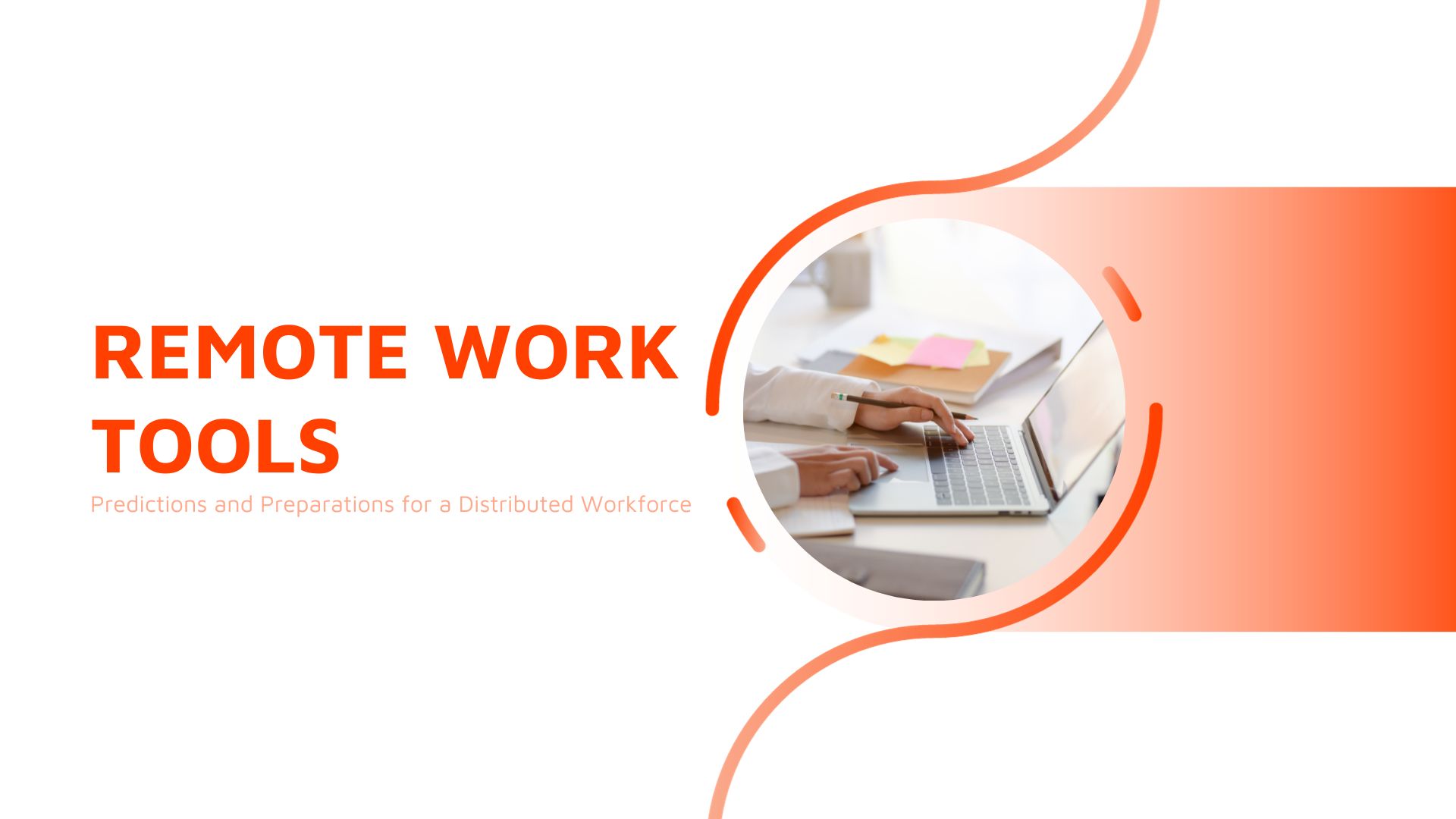The Future of Remote Work Tools: Predictions and Preparations for a Distributed Workforce

Page Contents
In our fast-changing world, remote work has become a significant part of how we do our jobs. It's like a new chapter in the way we work, where we're no longer tied to traditional offices. Instead, we have the freedom to work from anywhere, thanks to technology. Imagine it as an exciting journey into the future, where things like flexibility and using digital tools become really important. This article explores the past, present, and future of remote work in a way that's easy to understand, so let's dive in together and discover what lies ahead.
The Current Landscape of Remote Work Tools
In today's world, remote work tools have become heroes, making it possible for us to work efficiently and collaboratively from diverse locations. These tools have many functions that simplify the remote work experience.
Project Management Tools
Keeping projects organized and on track is a breeze with project management tools like Trello and Asana. They allow teams to create to-do lists, set deadlines, and track progress. It's like having a virtual whiteboard to plan and manage tasks.
File Sharing and Storage
Documents, presentations, and spreadsheets can be accessed and edited effortlessly thanks to cloud storage services like Google Drive and Dropbox. No need to worry about carrying files around; everything is securely stored in the cloud, accessible from anywhere.
Visual Content Editing
Elevate your visual content with Luminar Neo, a software equipped with robust editing features that empower you to enhance your photos and images, including the ability to remove objects from photos.
Task Automation
Tools like Zapier and Integromat automate repetitive tasks, saving time and reducing manual work. They connect various apps to create workflows so that you can focus on more important tasks.
Time Tracking and Productivity Tools
To maintain efficiency, tools like Toggl and RescueTime help track how time is spent. They provide insights into where you can optimize your work habits.
Security and VPN Services
With remote work comes the need for enhanced security. VPN services like NordVPN and cybersecurity tools like LastPass ensure that your data and online activities are safe and secure.
Predictions for the Future of Remote Work Tools
The future of workplace tools is on the cusp of a significant transformation, driven by rapid technological advances. Artificial intelligence will play a pivotal role, powering virtual assistants capable of scheduling meetings, providing data-driven insights. Video conferencing is set to evolve, incorporating elements of augmented reality and virtual reality to create immersive remote interactions.
Collaboration tools will prioritize user experience by offering real-time co-authoring and intuitive interfaces. Security and privacy measures will intensify to ensure data safety in an increasingly remote world. These tools will seamlessly integrate, offering data-driven insights while accommodating a global workforce. Embracing these advancements will be key to thriving in the ever-changing landscape of workplace tools.
Key Features to Expect in Future Tools
In the foreseeable future, we can anticipate various vital features designed to elevate the remote experience. These include intelligent automation to streamline tasks, fortified security measures for safeguarding data, seamless integration with other software, customizable options for tailoring user experiences, real-time collaborative editing capabilities, robust analytics and reporting functions for data-driven decision-making, cross-platform compatibility across devices, and a strong emphasis on accessibility to ensure that remote work is inclusive and accommodating to individuals with varying abilities. These features collectively empower remote workers and organizations, improving efficiency, security, and adaptability within an ever-evolving digital and remote work landscape.
Preparing for the Future of Remote
Preparing for the future of remote work entails embracing digital literacy, cultivating a culture of continuous learning, and prioritizing cybersecurity awareness. Organizations must foster a remote-friendly environment founded on trust and effective communication, offering essential technology and support.
Encouraging work-life balance, promoting collaboration through suitable tools, and endorsing mental health initiatives are pivotal. Flexibility and adaptability to evolving technologies and workflows are essential, along with a dedication to inclusivity, guaranteeing accessibility for all. Shifting the focus from hours worked to outcome-based productivity measures empowers employees while achieving results in this dynamic realm of remote operations.
Conclusion
In the ever-changing world of remote work, getting ready for the future means doing a few things. We need to learn digital skills, keep learning, and be careful about cybersecurity. Organizations should create a friendly remote environment based on trust and good communication, and make sure everyone has the right tools and help.
It's important to help people balance work and life, work well together with the right tools, and take care of their mental health. We also need to be flexible and open to new technology, and make sure everyone can be part of remote work. Instead of counting hours, we should focus on what we achieve, which can help everyone succeed in this changing world of remote work with confidence.

Wayne Kernochan has been an IT industry analyst and auther for over 15 years. He has been focusing on the most important information-related technologies as well as ways to measure their effectiveness over that period. He also has extensive research on the SMB, Big Data, BI, databases, development tools and data virtualization solutions. Wayne is a regular speaker at webinars and is a writer for many publications.



